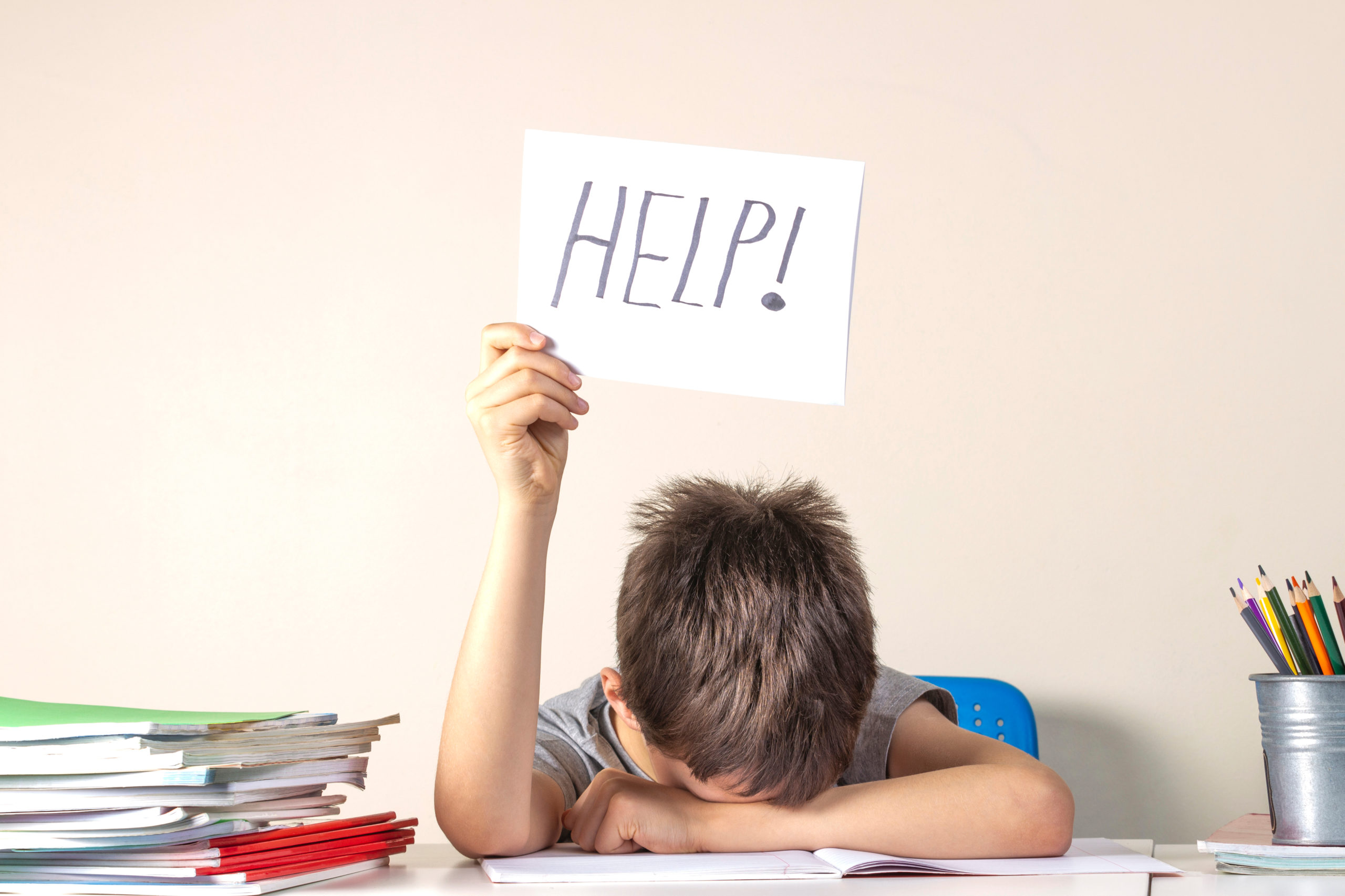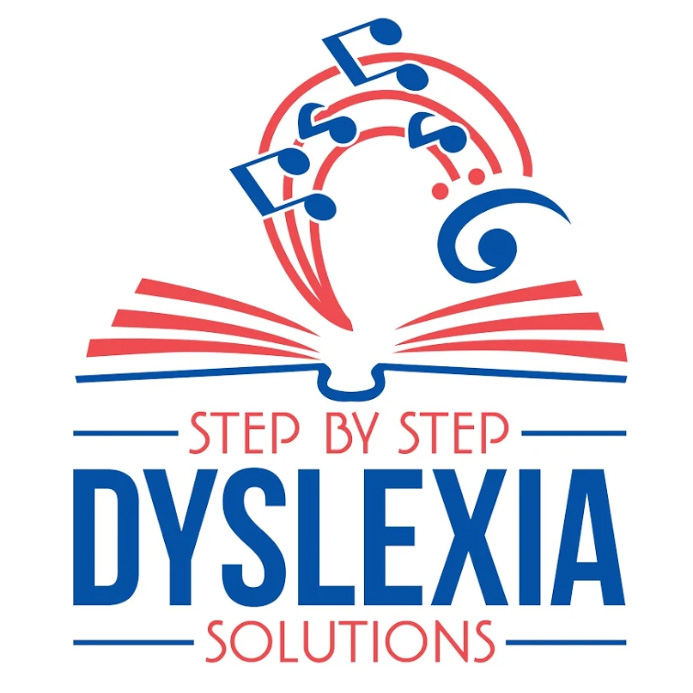Does Your Child Suffer from Dyslexia Induced Ulcers?
Do you know of or have a student that has dyslexia? As a parent or guardian, it can be challenging, wondering what you may have done wrong and what you can do. It’s not your fault. You don’t have to be mad at yourself. There is something we are doing today that will you’re your child. Today, Dr. Cintron with Step by Step Dyslexia Solutions will give you information on the causes of dyslexia and how you can play a role in helping your child throughout their life. Here are some dyslexia symptoms in children.
What is Dyslexia?
 First of all, it is neurological in origin so the brain can be retrained. A student that has dyslexia will have difficulties with reading, writing, spelling, and speaking. A child with dyslexia is bright and hardworking, but his/her brain isn’t connecting the correct sounds to the letters they read. Children that have dyslexia have normal vision and are as smart as their peers and generally very creative in the arts.
First of all, it is neurological in origin so the brain can be retrained. A student that has dyslexia will have difficulties with reading, writing, spelling, and speaking. A child with dyslexia is bright and hardworking, but his/her brain isn’t connecting the correct sounds to the letters they read. Children that have dyslexia have normal vision and are as smart as their peers and generally very creative in the arts.
They struggle more in school because it takes them longer to read. Children that have trouble processing words can make it hard for them to spell, write, and speak clearly. But you’ll notice they will carry on a great conversation. Does that sound like your child? Is it okay to tell your child she is dyslexic?
What Causes Dyslexia?

Jobs of the left and right hemispheres of the brain.
This learning difference runs in families, which is why it’s linked to genes. If your child has it, then you’ll notice your parents, siblings, or other family members will have it, but may not have addressed it. (There also is a developmental component which I’ll address in another blog). This difference stems from variations in how the brain processes language. If you do a functional MRI (picture) of the brain of a person with dyslexia, areas of the left hemisphere should be active and light up when a person reads. It doesn’t work properly.
When a non-dyslexic child starts reading, he can access the parts of the brain to read. He learns that each letter has a unique sound and a combination of letters have many different sounds (which we call phonemes). For instance, “b” makes a “buh” sound. “M” makes an “mmm” sound. The child learns how to put these sounds together to form words. (“C-A-T” spells “cat”). Finally, the child learns what the words mean and how to use the words in sentences and stories. (“Cat” is a fluffy animal that meows.)
Imagine the child reads the word “cat” but says “tac.” Reading is a slow and difficult process for the child because of these mix-ups,. Click here for further learning regarding the letter, reversals. Dyslexia can be different for everyone. Some students have a mild form that they eventually learn to manage. Others will have a little more trouble coming it. Listening to music can help a child improve their reading.
With correct remediation, a child can overcome dyslexia. However, If the child does not fully outgrow dyslexia, he/she can still go to college and succeed in life. Many dyslexic adults have great careers. They unanimously agree that they wished they had someone like Dr. Cintron helping them when they were young.
Email Dr. Cintron Today at mcintron@stepbystepdyslexiasolutions.com

